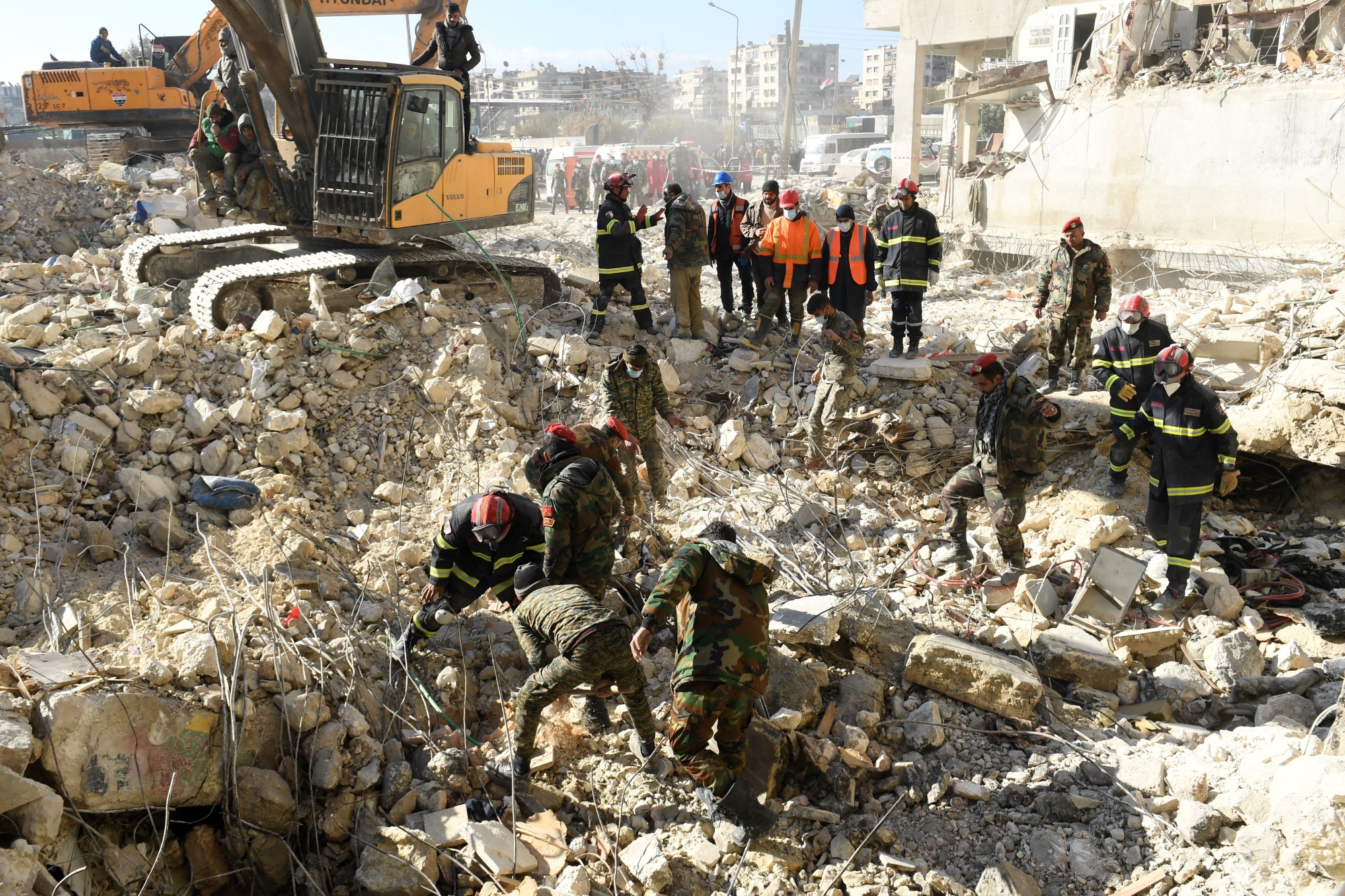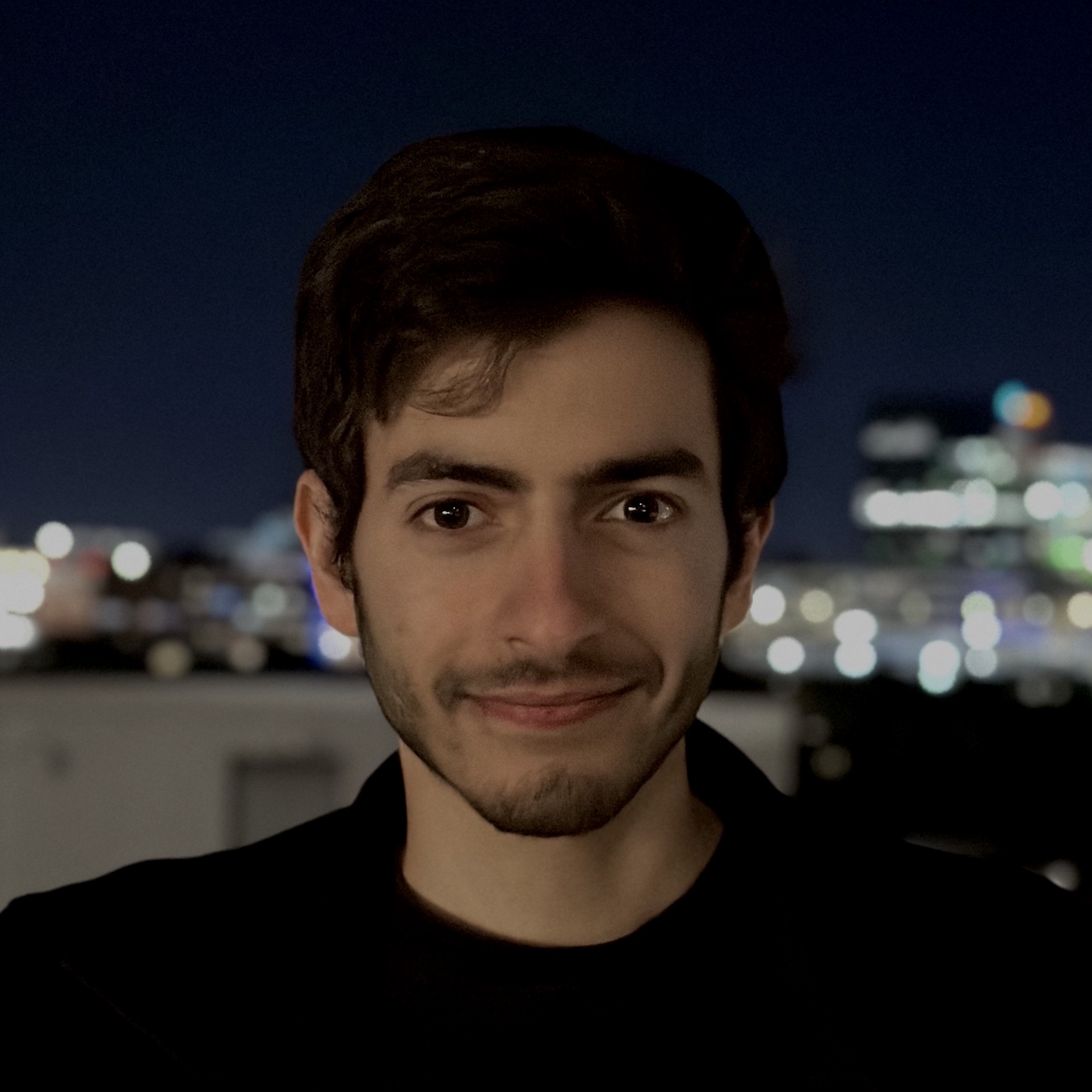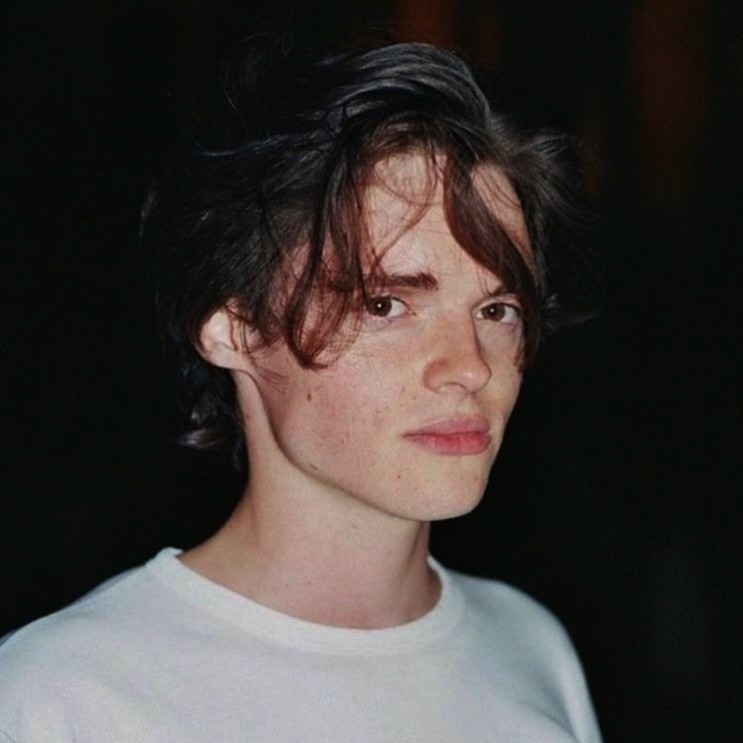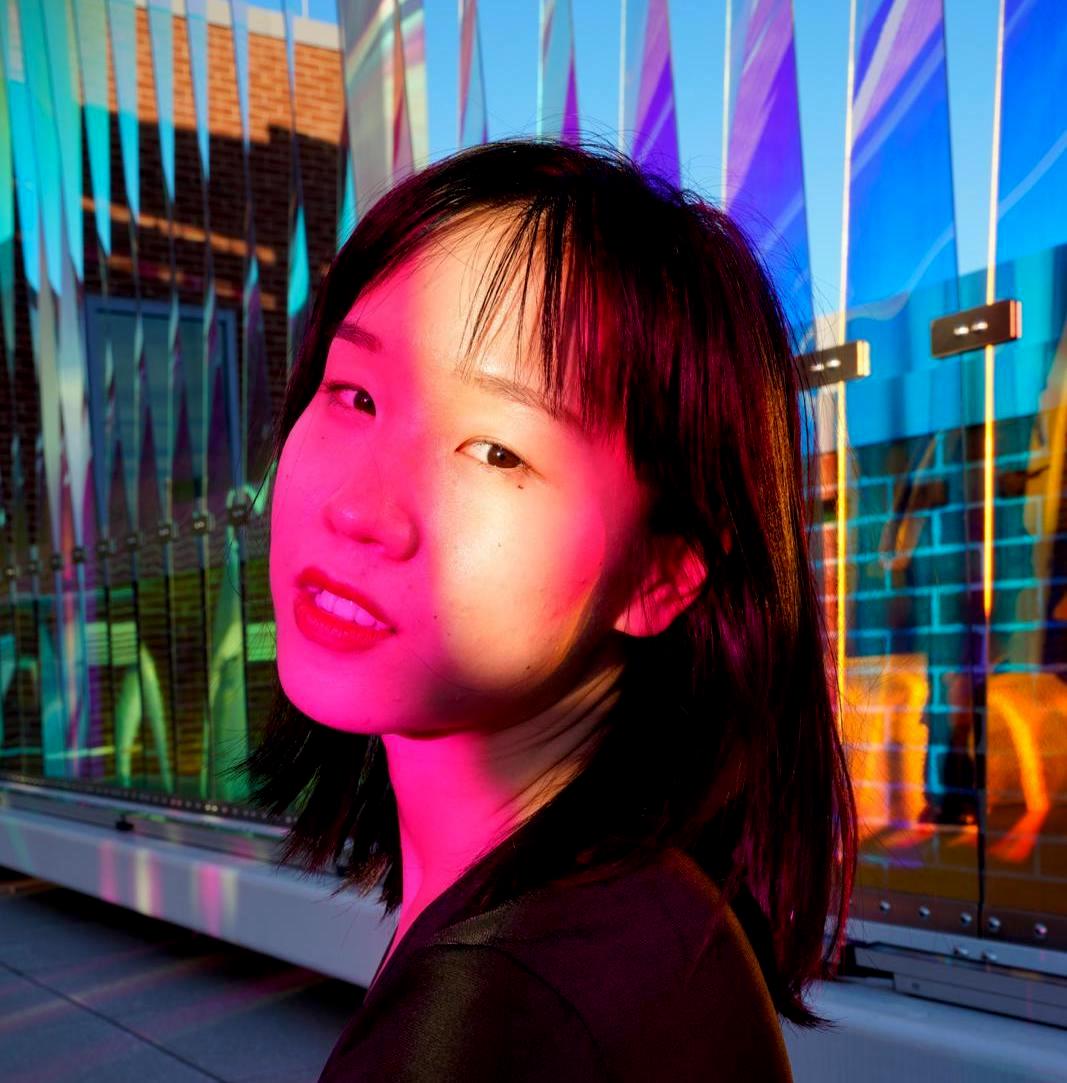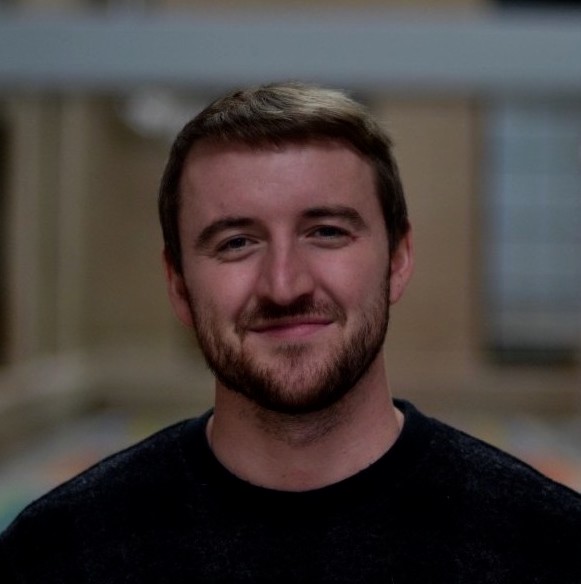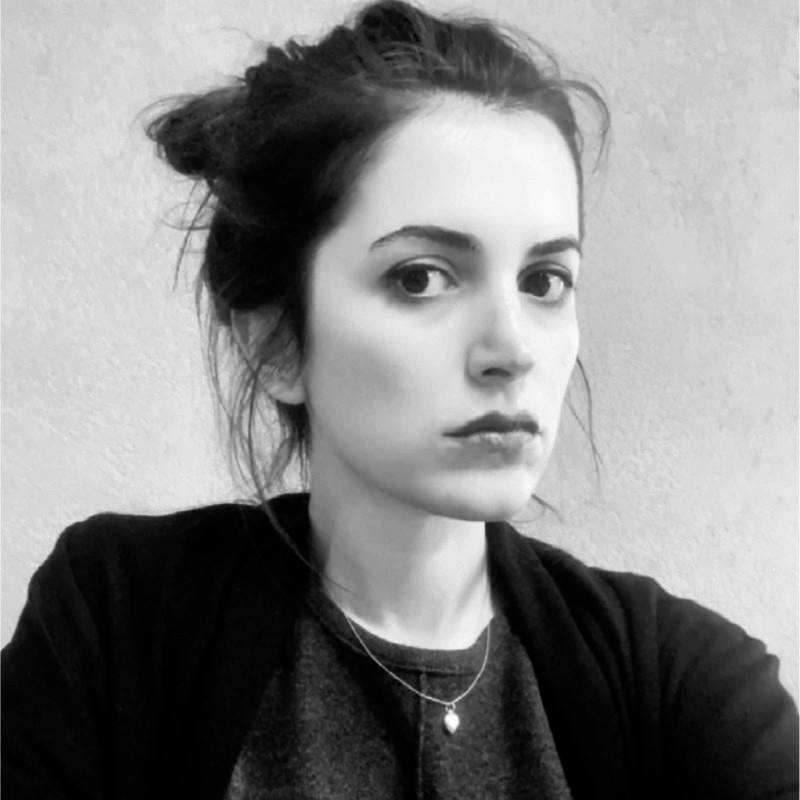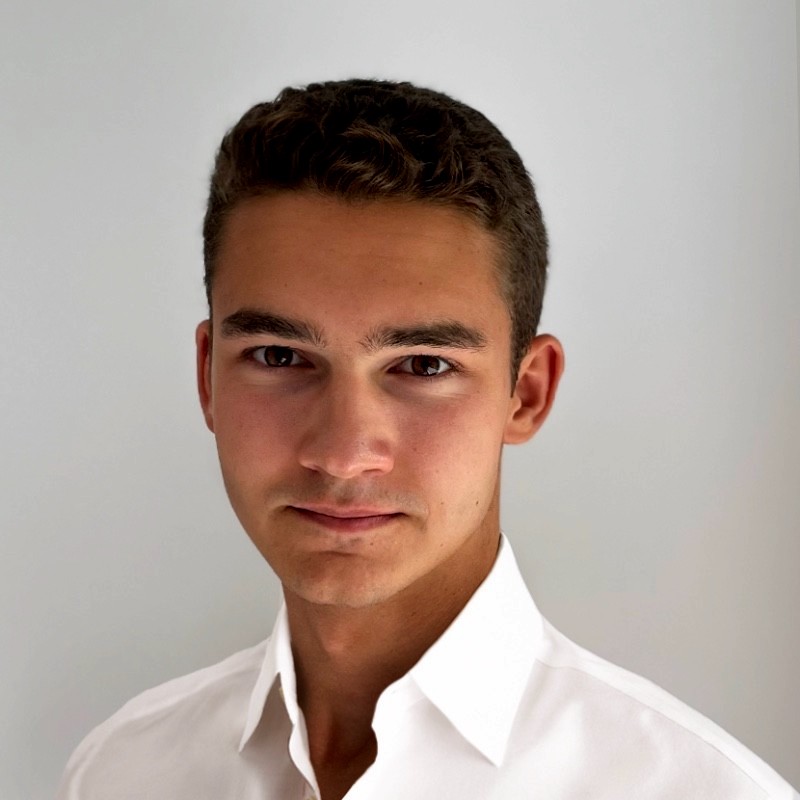We design timber units (flat-packs), which are assembled into shelters in a matter of days and constitute a foundation for expansion and customisation in the mid-long term. Therefore, we provide shelter for the period of upheaval whilst serving as the basis for a life-long home.
Mykola Murashko
The flat-packs are produced in Europe, shipped to the devastated areas, and assembled on-site. Later, the objective is to move the engine of reconstruction in a community-driven effort to localise the production, thus fostering local economic growth and community inclusion.
Mayar Ariss















